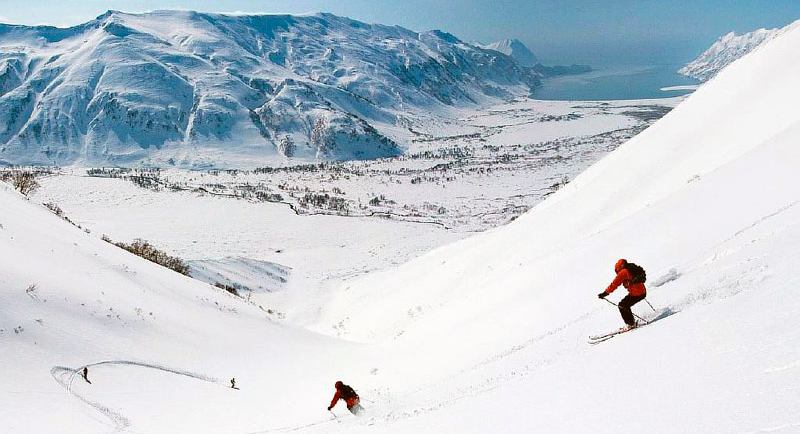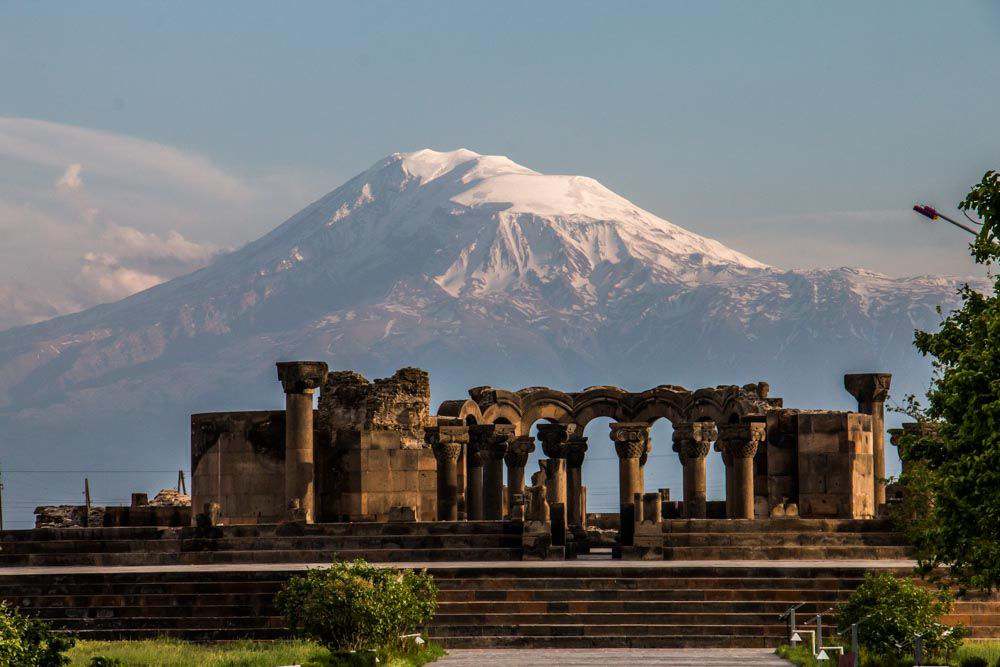Armenia in winter offers an enchanting blend of snowy landscapes, cozy winter getaways, and unique cultural experiences. Winter, lasting from December to February, transforms Armenia’s historical sites and natural wonders into captivating scenes, making it a prime season for travelers interested in scenic beauty and winter activities. Whether you’re exploring snow-draped mountains or relaxing in a natural hot spring, Armenia provides a memorable winter escape. Here’s what to expect if you’re planning to travel to Armenia in winter.
Is Armenia Cold in November?
If you’re visiting Armenia in November, expect chilly but relatively mild temperatures, marking the transition from fall to winter. November temperatures in Armenia typically range from 5°C to 12°C (41°F to 54°F) in lower altitudes like Yerevan, while higher altitudes begin experiencing colder conditions. November isn’t Armenia’s coldest month, but it’s a great time to experience the brisk air and late autumn scenery without deep winter snow. While November is early for consistent snowfall, the chill in the air and occasional frosty mornings set the stage for winter’s arrival.
Which Month is There Snowfall in Armenia?
Snowfall in Armenia generally begins in December and can last until early March. December often brings the first light snowfall, blanketing the mountainous regions with fresh powder. January is the peak of winter in Armenia, with snow covering cities like Yerevan and creating a picturesque landscape. By February, snowfall remains steady in mountainous areas, though lower regions start experiencing milder temperatures. Travelers seeking winter sports like skiing or snowboarding should consider visiting between January and February for the best snow conditions, especially in ski destinations like Tsaghkadzor and Jermuk.

Jermuk in Winter
Jermuk, known for its mineral water spas and natural beauty, becomes a winter wonderland from December through February. The town is nestled in the mountains, creating ideal conditions for snowfall and winter sports. Jermuk’s ski resort offers well-maintained slopes perfect for skiers and snowboarders of all levels. For those seeking relaxation, Jermuk’s famous hot springs provide a rejuvenating experience surrounded by snow-covered landscapes. Many travelers are drawn to Jermuk in winter for its unique blend of adventure and relaxation, making it a standout destination for winter enthusiasts visiting Armenia.
Armenia Winter Temperature
Winter temperatures in Armenia vary based on altitude and location. In Yerevan and other lower-altitude areas, temperatures typically range from -5°C to 5°C (23°F to 41°F) during winter. Mountainous regions, such as Jermuk and Lake Sevan, experience colder temperatures, often dropping to -15°C (5°F) or lower. January is the coldest month, especially in high-altitude areas, where heavy snowfall and freezing temperatures create a true winter experience. When you travel to Armenia in winter, it’s important to pack accordingly, including warm clothing, boots, and winter accessories, especially if you plan to explore higher-altitude areas.



